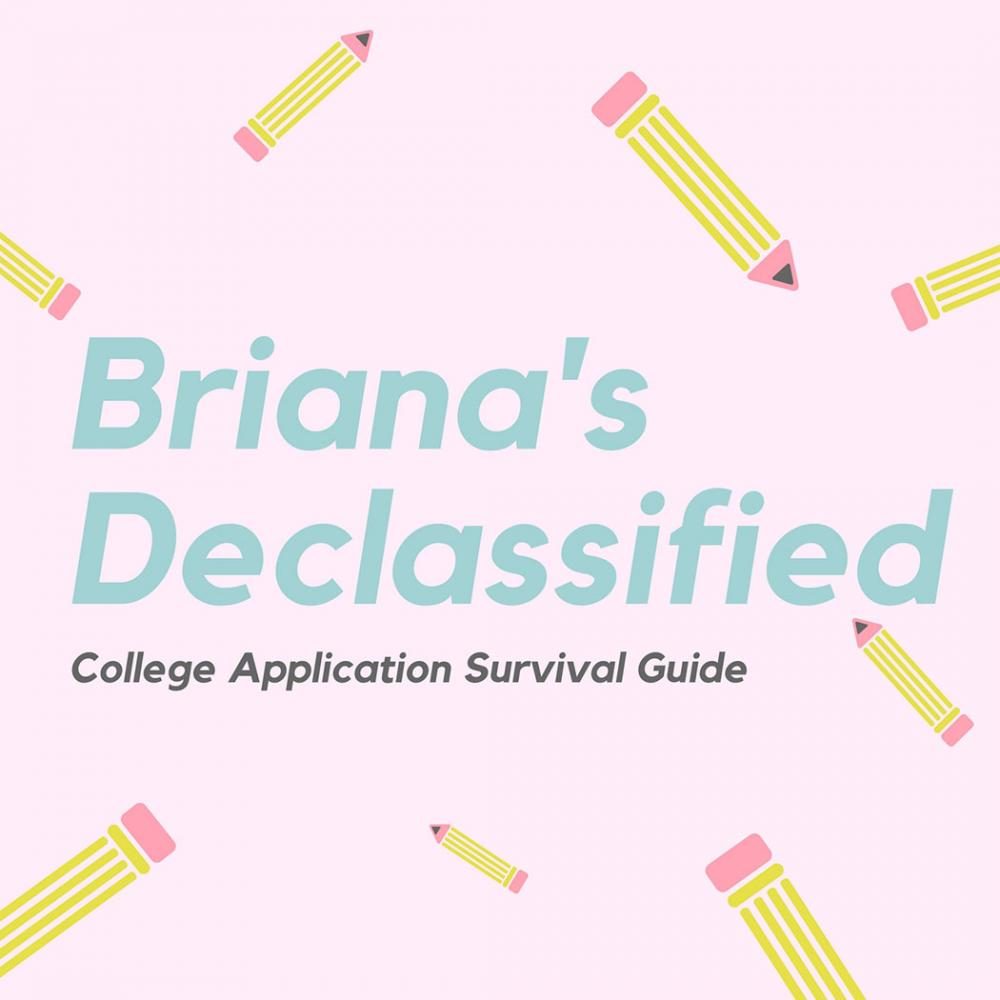Guide to College Applications
It’s the beginning of another school year, and while students focus on fixing sleep schedules and finding the perfect homecoming dresses, the truth is that college application deadlines are just around the corner. If you haven’t already started on your application process, this is your reminder to do so right now.
The first step in applying is figuring out what colleges you actually want to apply to. Take into consideration the school’s academics and areas of study, the student body’s size and demographics, the school campus’ location, and the possibility of getting scholarships or grants. Make sure to apply to safety schools, middle-range schools and reach schools to give yourself options and opportunities. Safety schools are ones with average GPAs and test scores lower than yours, middle-range schools are ones with average GPAs and test scores about the same as yours, and reach schools are ones with average GPAs and test scores greater than yours. Naviance, the website that all school counselors are sure to have already suggested to you by now, has “college match”, “college compare” and “college search” engines that students can use to find the best colleges for them.
After narrowing down your college search list, possibly becoming acquainted with Naviance, and finding the best schools for you, Naviance will become your best friend. I didn’t use Naviance in the beginning, and I manually searched for the application methods (the Common Application, Apply Texas, directly to the school) and due dates on my own. However, if you add your selected colleges to your “colleges I’m applying to” list on Naviance, all methods, due dates and other resources and requirements will be laid out for you by Naviance. By mapping deadlines and due dates on a calendar, you’ll be able to give yourself time to complete and submit all of your applications, transcripts, recommendation letters and scholarship/financial aid applications. Any deadlines not given to you on Naviance can be found on the college’s website under its “Admissions” tab.
Don’t forget that most colleges require at least a letter of recommendation from your counselor and possibly one or two teachers. To request a recommendation letter from your counselor, you’ll need to get a recommendation packet from the school’s “College & Career Information” online resource page or from a counselor’s office if you weren’t given one during your meeting with your counselor at the end of your junior year. Make sure to turn in the completed packet along with the attached student prompt answers, parent prompt answers and separate teacher surveys by Oct. 1 to give your counselor time to write a sincere and glowing letter of recommendation for you.
Filling out your college application may seem repetitive and time consuming, but going to a cafe with your friends to work on your college applications together makes the time pass by so much quicker. Give yourself time to write your essay, edit and revise it, ask other people to give you feedback on it, and then edit and revise it again. When finding people to read your college essays, try asking individuals you trust to give you unbiased feedback, but make sure that your own personality and voice show in your essay no matter how many revisions you make.
Now all you need to do is manage your time wisely. Try to dedicate one or two hours a day to working on college applications, and you should be done in no time. However, a senior’s work is never done, because the Free Application for Federal Student Aid and scholarship/grant application deadlines will be right behind the college application due dates. Starting on college applications as soon as possible will give you time to write your essays and edit to your satisfaction and allow you to delegate the rest of your year to volunteering, school work and making memories with your friends.








